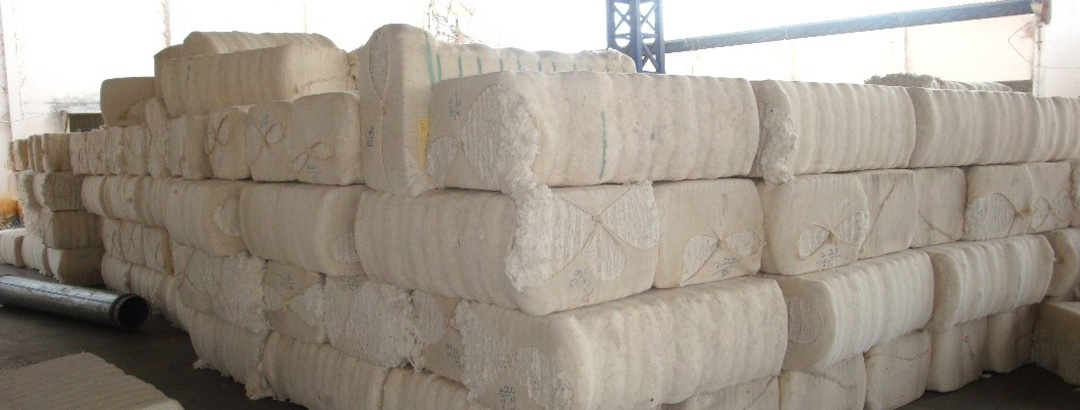US export shipments continue to lag the level needed to fill demand. Actually, the export shipments for the week ending February 22nd were surprising as shipments totaled only 278,700 running bales of upland and 12,100 of Pima. This should not be happening; the USDA FSA report for the week ending February 17th showed that
Bales Made Available for Shipment stood at 1,262,152 bales, yet shipments lagged. US cotton infrastructure, and US infrastructure in general, are operating at capacity in many areas with all segments failing to meet record demand. US exports of cotton and agriculture products are battling with record imports of almost all consumer products at the port and then competing again for trucks due to the added competition from record E-Commerce sales. The logistical problems for cotton start at the warehouses which have simply not modernized their operation. Reports of some warehouses taking several hours to load or unload a truck abound and hours of operation remain a problem, lunch closures continue. The US cotton industry has been fighting to modernize this sector for some time now. Next you have a shortage of truck drivers due to new regulations reducing the number of hours they can drive, increased number of breaks and recordkeeping demands from everywhere. The shortage of trucks is tied to the shortage of drivers who are qualified and trained.
The implementation of the Electronic Logging Device (ELD) in early December is part of a new mandate requiring all truck drivers to install a device that automatically logs driving time, engine hours, vehicle movement, miles driven and location information. This appears to be one of the triggers for the current crisis. Driving for Amazon or other E-Commerce delivery services locally is more attractive than long-haul trucking which takes drivers away from home for extended periods. Then we have the congestion at the ports associated with record imports thanks to the fact that the USA has outsourced its complete supply chain across most major industries. As the economy expanded so has the volume of import. The US trade deficit in 2017 was 566 billion USD which was the largest since 2008. The US imported more food, feed, and beverages than it exported in December for example. It is extremely alarming the extent to which these various supply chains have been outsourced. All these supply chains depend on Logistics.
Under these conditions trucks face long lines at the ports and increased expenses. The map from the global shipping line, Hapag-Lloyd, sent out at the first of February reveals just how congested everything is at the major cotton shipping ports. The Savannah and Houston ports, which are major cotton ports are significantly impacted. We have heard that warehouse space at the Port of Houston is in short supply and expensive. Port space is tight and some exporters are attempting to avoid it for cotton because of time and cost. We saw o n e r e p o r t w h i c h indicated that Jan/Nov US imports from Asia w e r e u p 3 3 . 8 % a t Houston with 2 new Asian serving shipping lines adding service. Imports at the East Coast ports in contrast were up 8.2%. Again this shows the surge in import growth at Houston. It was interesting to note that recent deliveries on March ICE futures were focused on Cotton stored in Houston warehouses which may suggest the deliveries were logistics driven.
Los Angeles and Long Beach are the largest export ports for US cotton while Savannah and Houston are the next largest ports. In past years the Port of Houston has handled more than 2 million bales which make it a very important port. If this volume of cotton is disrupted than it would equal over 166,000 bales a month. Given the level of demand the US should be exporting 450,000 bales a month and it is failing . Since the week ending December 7th the US has exported from 148,200 to 432,463 bales a week which is far below the volume needed or what the infrastructure should be able to handle
Πηγή: Jernigan Global

